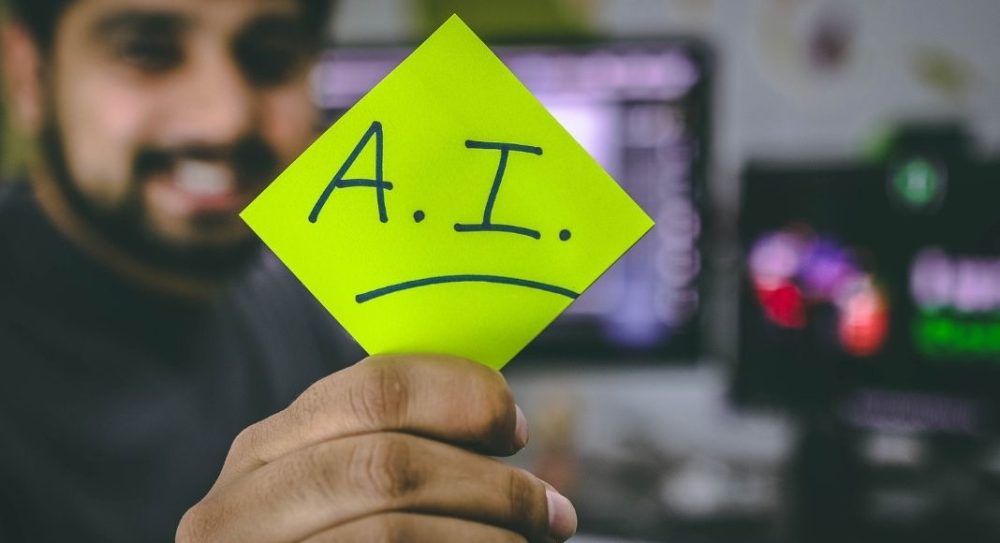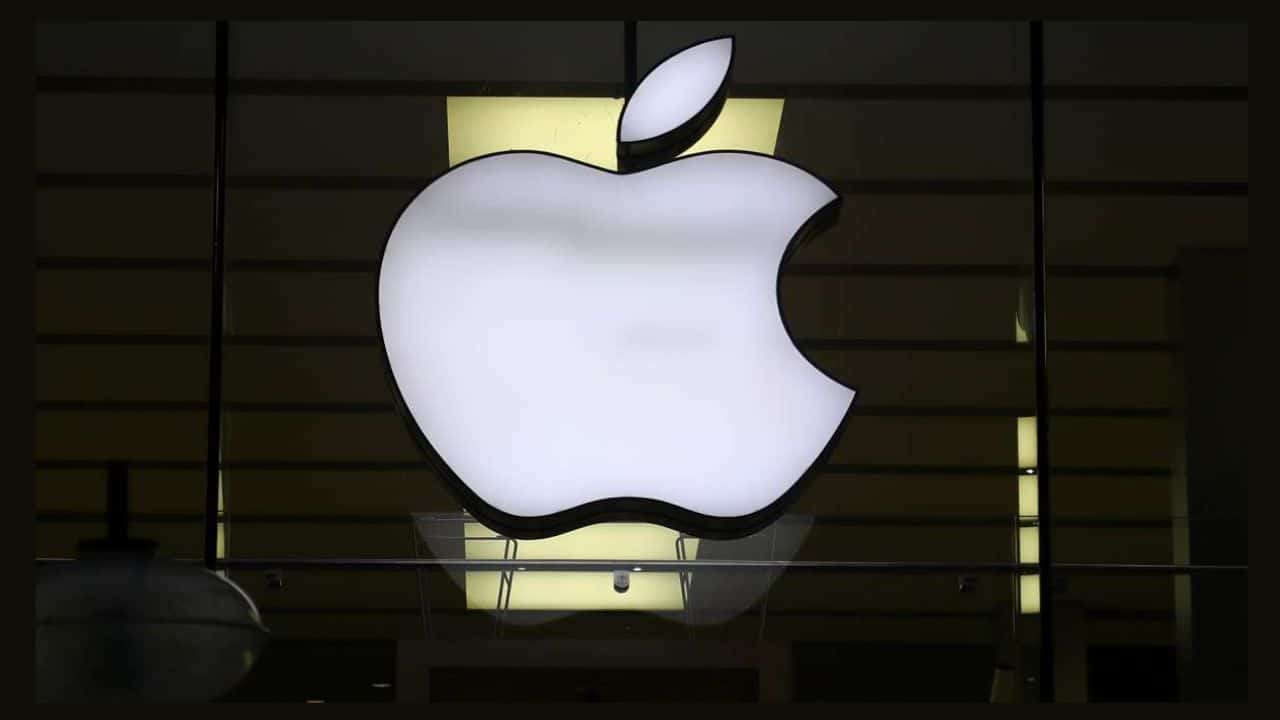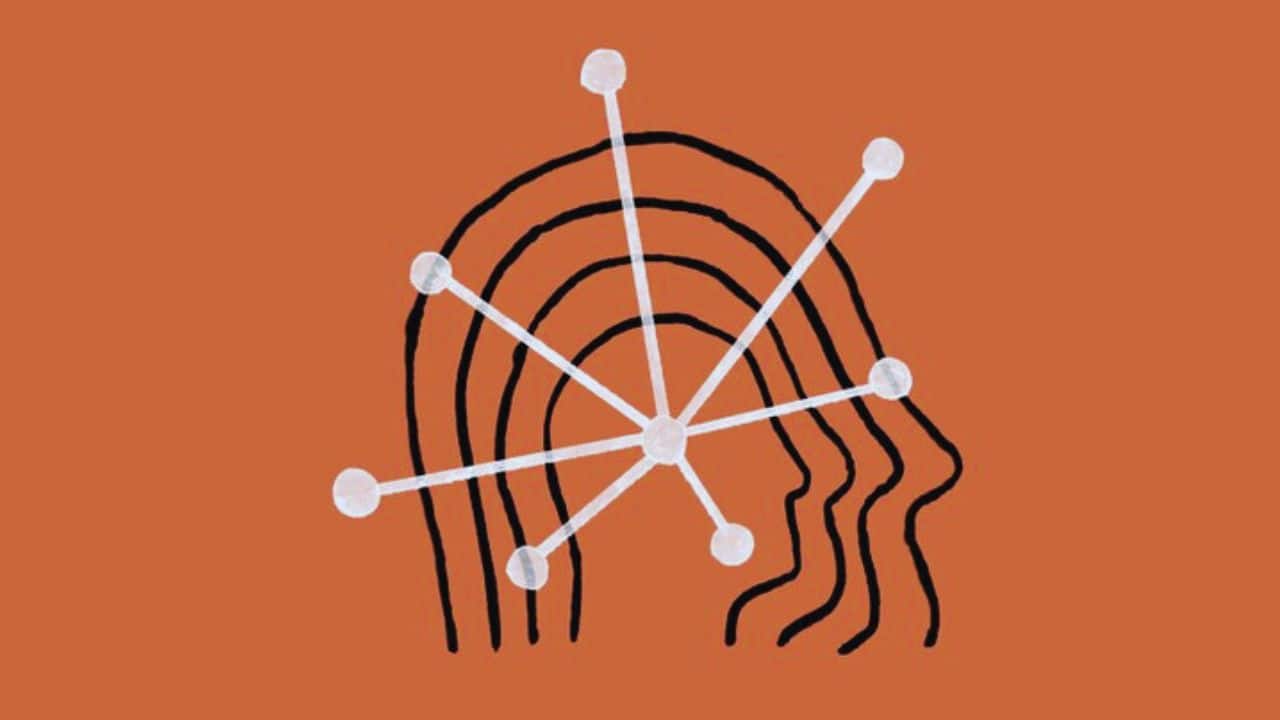If you keep abreast of tech news, you’ve probably followed the changes that AI has created across a wide variety of industries over the past few years. From data science to marketing to customer service, all sorts of industries are making use of or being affected by AI. Translation services are no exception, since AI for translation is now being put to use for everything from using apps to translate signs while travelling to undertaking more complex translation tasks. Below we’ll look at the impact AI is having on technology for the translation industry.
Why AI for Translation Is Useful?
One of the main advantages of using AI for translation is that it can provide a decent first pass over a text. Translation services, for example, which provide language and business solutions for global enterprises, might use machine translation to first convert the original text into the new language. AI can speed up the process and mean the translation firm doesn’t have to spend as much time typing – a handy innovation for the translation industry.
However, views on using these kinds of translation tools vary from translator to translator. Even state of the art neural machine translation only has a 60-90% accuracy rate. That’s an incredibly wide margin of error. And in the case of more technical or specialist documents, even one error could be devastating. A machine translation error in a technical document, for example, could misrepresent a product, give wrong usage instructions or lead to improper mechanical functioning. As such, even if a translator uses AI to give a first pass over a document, they still have to comb through the document to catch errors and update the text to read more naturally. Tomedes Translation services points out that this can often take longer than simply translating the text from scratch, particularly when the content is technical in nature.
Further, like all industries, some translation companies are making use of AI for administrative tasks. AI can help automate processes like billing, customer service chat programs, providing quotes and workflow automation.
AI and Post-Editing Machine Translation
Translation jobs are not all going to the robots. Rather than replacing human translators, neural machine translation has actually made a new service offering possible. That’s post-editing machine translation, where a translator fixes copy that AI translation botches.
Many companies have assumed that they can pass their text through one of the free translation tools at the last minute. Indeed, after consuming tech news on AI, a business might be under the assumption that AI can do anything, especially since Google boasted its 60% increased accuracy after moving to machine learning in 2016. In reality though, while AI in translation has helped many people in conversational settings, it’s still not providing the sort of accuracy needed for professional text. Right before a deadline, companies find themselves with garbled text.
That’s where post-editing machine translation steps in. This service can fix the text, often on a fast turnaround time. All people have to do is provide the original document and the machine-translated text, then post-editing machine translation can bring the copy up to the required quality level.
AI in translation also struggles when it comes to tasks like localization. It can’t tell when translated text doesn’t fit a new culture. It can’t update products or messages to make sure they are in line with local regulations. AI also can’t tell what looks good to a human from a layout perspective.
Of course, where AI innovation for the translation industry does make a difference is on price. How much does it cost to translate 1,000 words? It often costs £0.10 to £0.16 to use a human translator, compared to nothing for machine translation. This is why so many businesses try it.
READ ALSO: Practical Applications of Artificial Intelligence in the New Age World
Big Data and AI in Translation
One of the most pertinent sectors that is being influenced by AI is, of course, big data. Big data handles any type of data that keeps adding information, such as data from healthcare wearables, social media analysis or POS data. Due to the expanding nature of the information and the sheer amount of data that is being recorded, AI is becoming essential at processing, storing and even helping to analyze this data.
On the surface, that might not seem like it has much to do with translation. However, many companies are using big data to look at where to expand into new markets overseas. They might analyze foreign demographic surveys, review sales data like credit card data or POS data or look at social media trends to help determine which products or services might succeed in certain markets. Because that data comes in from foreign sources, it may well be in other languages.
As such, the translation industry is now offering services that help outline and collate information in reports garnered from big data and AI. Translation covers demographic surveys and analytics reports of POS data from foreign markets, as a couple of examples.
Rather than fear that all the translation jobs will be taken over by machines, the translation industry is finding ways to pick up the slack of free translation tools, handling big data sources generated by AI and even making use of the technology to complete work. It’s an exciting time to be using AI in translation and, hopefully, AI will continue to be a useful tool in the future. It’s certainly delivering some exciting innovation for the translation industry already, so the years ahead should be interesting to watch.
READ MORE: Top Cybersecurity Trends in 2021







































